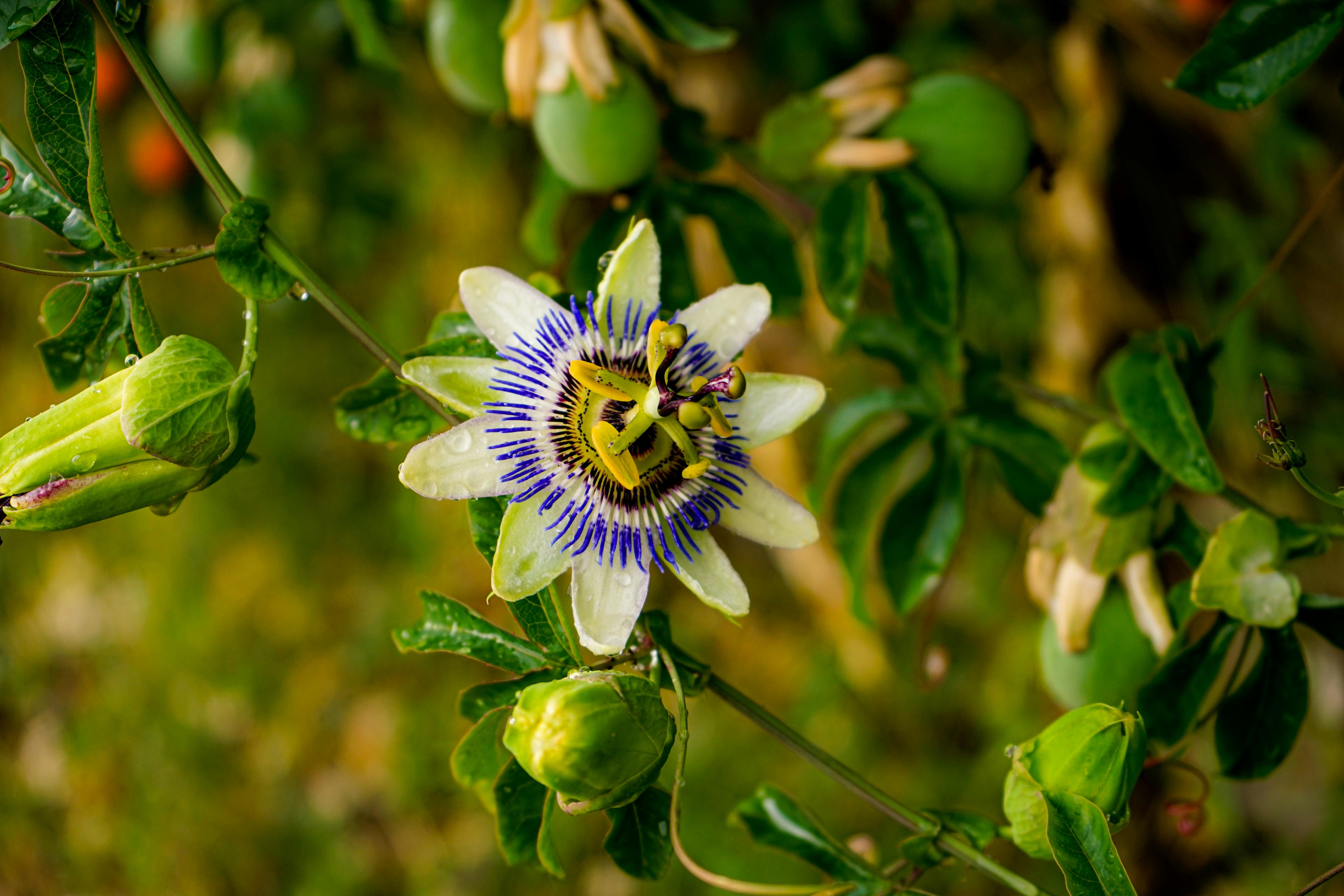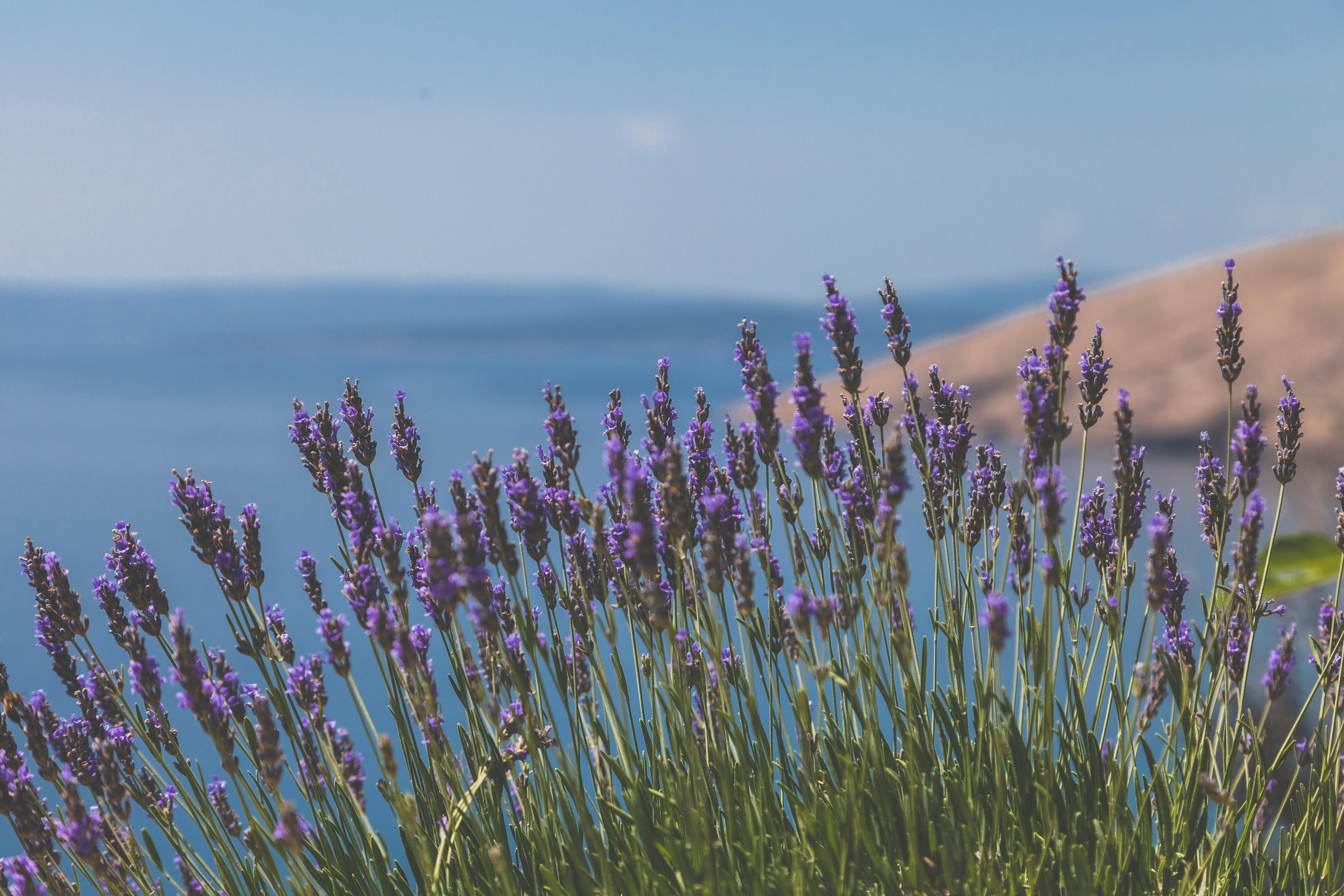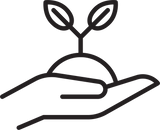Even if someone has never heard of herbalism, there's a good chance they’ve come across the term “adaptogens.” In recent years, adaptogens have become the health food industry’s favorite category of plant medicine, showing up in everything from kombucha and green powders to protein powders, coffee, chocolate, and even shampoos. Yet despite their popularity, many people don’t fully understand what an adaptogen actually is. As a result, they often end up misusing them—or perhaps it's more accurate to say they’ve been sold false promises by companies. So, let’s unpack what adaptogens really are and how they work.
History Of Adaptogens
Adaptogenic herbs have been used for thousands of years, particularly in Traditional Chinese Medicine and Ayurveda. However, modern research and the formal definition of adaptogens didn’t begin until the 1940s. Interestingly, this research was initially driven by a desire to enhance human performance—specifically, during World War II, when Soviet scientists sought ways to create “super soldiers.” In 1947, Dr. Nikolai Lazarev set out to find substances that could help the body recover from the effects of non-specific stress, leading him to focus on certain herbs and eventually coin the term “adaptogens.” Later, in 1968, Soviet pharmacologists Israel Brekham and Dr. I.V. Dardymov further refined and expanded the definition of adaptogens to…
- It’s nontoxic in normal therapeutic doses.
- It produces a non-specific state of resistance to stress helping the body against a broad range of stressors.
- It has a normalizing effect on the body.
These definitions remain true but as research on adaptogens evolves so does our understanding and definitions of them.

American Ginseng
What Adaptogens Are & Are Not
Let’s start by clarifying what adaptogens are not. They are not a cure-all for stress, a source of “free” energy, or a substitute for making essential lifestyle changes. Unfortunately, health food companies often market adaptogens as quick fixes for boosting energy and performance—an approach that strays far from a holistic model of healing. In herbalism, adaptogens are typically recommended for those experiencing long-term stress leading to adrenal fatigue and deep exhaustion—not for someone recovering from a wild weekend. While adaptogens can indeed offer support during stressful times, I often suggest starting with nervines, which are typically more appropriate for what most people actually need.
So, how do adaptogens work?
Adaptogens primarily influence the hypothalamic-pituitary-adrenal (HPA) axis and the sympathoadrenal system (SAS), helping the body modulate its response to non-specific stress, whether environmental, hormonal, emotional, or physical. They primarily target the neuroendocrine and immune systems but have a balancing effect on the entire body, helping maintain homeostasis during times of stress. They almost act like "stress vaccines," mimicking stressors to help the body build resilience. Adaptogens work to restore balance—whether the body needs more or less of something. Some even enhance cellular energy production by boosting ATP (adenosine triphosphate) activity.
As you’ll see below, each adaptogen offers specific actions, so it’s important to choose the one that’s right for you.
True/Well-Researched Adaptogenic Herbs
American Ginseng, Panax quinquefolius- American ginseng in neutral- warm in temperature. It has a balancing effect on the immune system making it great for autoimmune issues, reduces elevated cortisol levels, is helpful in depleted adrenal glands, acts as a digestive bitter, and sexual tonic. David Winston notes that it is best for people ages 40-60 who have a loss of vital force and stamina.
Asian Ginseng, Panax ginseng- Asian ginseng is warming, moist, and bitter. Like all ginsengs, It is balancing to the immune system as an immune amphoteric. You will come across two types of Asian ginseng, red and white. They are the same plant just prepared differently. Red Asian ginseng is the most warming and stimulating of them all and it is best for people who have lost vital heat and are 70+. White Asian ginseng is milder than red and best for people 55-70. Asian ginseng is also a nootropic being helpful in memory loss and slowing down dementia. Its cardiotonic actions make it great for cardiovascular issues especially when paired with things like hawthorn. Overall Asian ginseng is great for cold people, who have poor circulation, feel fatigued, and have lost their vitality.
Cordyceps, Ophiocordyceps sinensis- Cordyceps is a mushroom that is sweet, warm, and moist. It is specific for kidney issues as a nephroprotective. It is also immune amphoteric, antioxidant, and heptoprotective. It can improve lung function in things like asthma and bronchitis.

Cordyceps Mushroom
Eleuthero, Eleutherococcus senticosus- Also known as Siberian ginseng, eleuthero is slightly warm and sweet. It is a non-stimulating adaptogen making it great for people who are overall healthy but under a lot of stress. David Winston says it's typically best used in ages 15-35. It is commonly used to increase athletic performance and recovery time as it increases stamina, energy, immune function, and cognitive function. As a mild bitter it can also be used for digestive issues alongside other digestive herbs.
Rhodiola, Rhodiola rosea- Rhodiola is cool and very drying. Rhodiola falls right below Asian ginseng as one of the most stimulating adaptogens. It has a long history of use for the nervous system and as an antidepressant. As a nootropic, it improves memory and is great in recovery of head trauma. It can be used in adult ADHD, immune deficiency, fatigue, depression, and for male and female reproductive function. It is contraindicated in people who run dry or have bipolar disorder.
Schisandra, Schisandra chinensis - Known as the five-flavored fruit Schisandra berries are used and are sour, sweet, salty, pungent, and bitter all at the same time! Schisandra is a calming non-stimulating adaptogen providing a calming but not sedating action to the nervous system. Think calm and alert! It is drying and warming. As an antiasthmatic, it can be helpful in asthma and as a hepatoprotective, it's my favorite for chemical-induced liver damage as a protectant. As you have seen with many of our adaptogens schisandra is also an immune amphoteric normalizing immune function.
Ashwagandha, Withania somnifera- Ashwagandha is bitter, warm, and dry. It’s a calming adaptogen and it stimulates thyroid function making it great for hypothyroidism but contraindicated in hyperthyroidism. It has also been shown to increase reproductive function in both men and women. It's helpful in OCD, insomnia, anxiety, and bad dreams. As an antispasmodic, it can be helpful in restless leg syndrome and fibromyalgia.
We are just scratching the surface of the many actions of these adaptogens and herbs that are adaptogens. I highly recommend doing your research and turning to books like Adaptogens by David Winston for reliable information on adaptogenic herbs.

Ashwagandha
Sustainability Issues
Due to the popularity of many of these herbs, some are now critically endangered like American ginseng. There are harvesting concerns with others like Cordyceps mushroom and Rhodiola. Only use cultivated plants, never wild harvested. You can learn more and check the full list of at-risk and endangered plants here Species At-Risk List - United Plant Savers.













Leave a comment